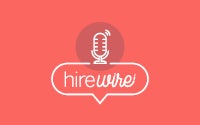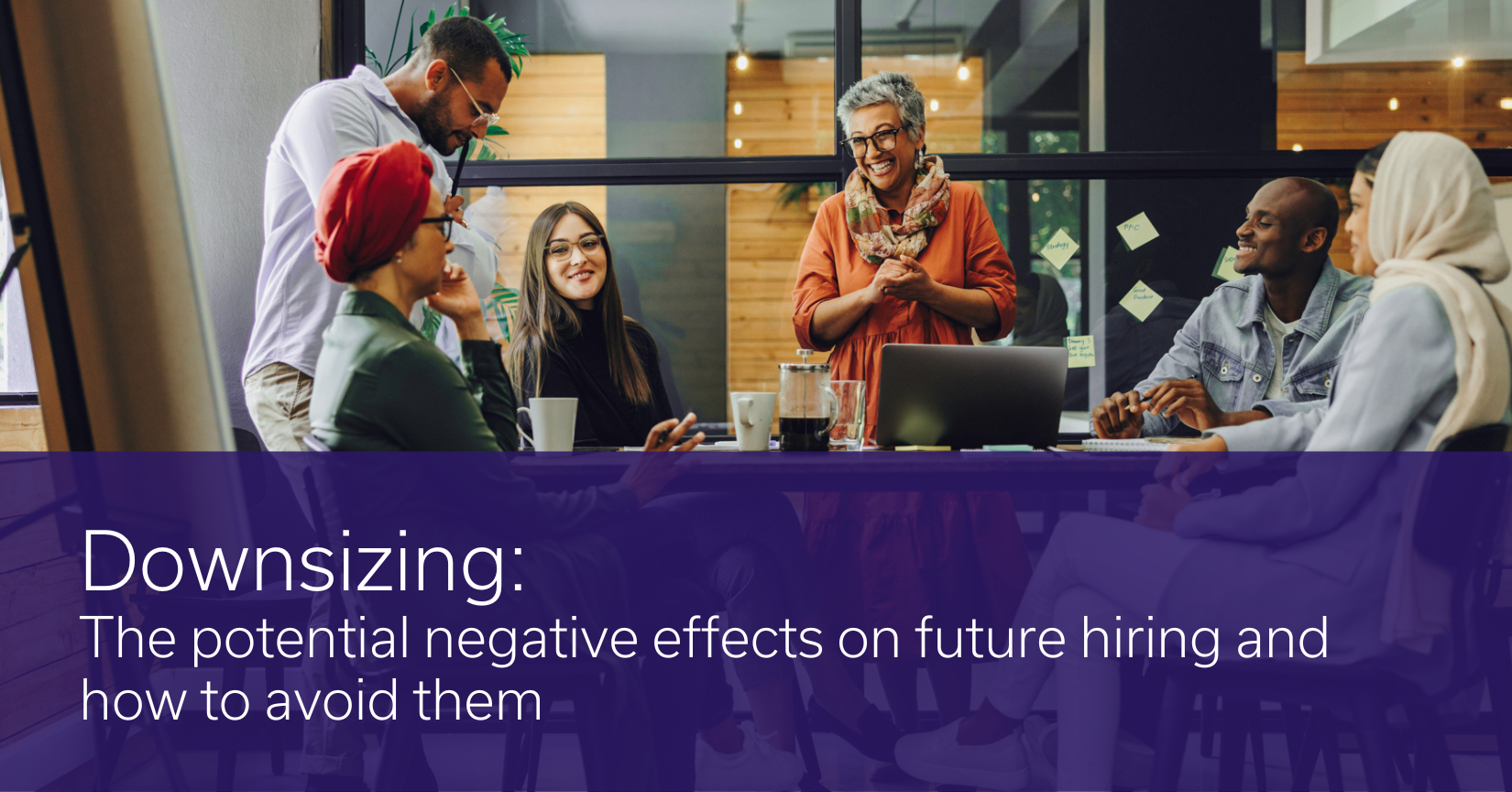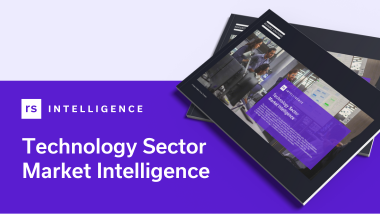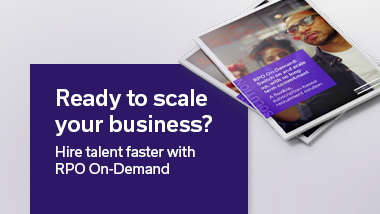Downsizing: The potential negative effects on future hiring and how to avoid them
Downsizing has the potential to negatively effect your future recruitment efforts for years to come. Here are 3 things to consider to make sure it doesn’t…
So here we are again; layoffs, redundancies and downsizing are the buzzwords as we come to the end of 2022 going into 2023 – and unfortunately, it has come quicker than any of us thought and/or wanted.
“A very quiet and somber activity is now becoming a very loud and vocal activity" - Eugene Soltes, Professor, Harvard Business School
Yes – downsizing is not new, but, guess what? Where and how we work has changed! What was a deeply private moment, has now become public information with employees more than ever taking to social media platforms to vent what was previously kept mostly behind closed doors. So what? Well, with Candidates trusting the company’s employees 3x more than the company to provide credible information on what it’s like to work there; the downsizing “reviews” and online chatter of legacy employees are now recorded online to be seen for years to come.
You don’t have to look too hard (unfortunately) in the tech industry for companies that are downsizing in 2022, with reports of over 120,000 redundancies thus far this year. Let’s look at two very recent examples; both downsizing, both with opposite methods. Who do you think will come out on top reputation-wise in the long run – especially when it comes to future hiring?
Twitter VS Meta – Who did it better?
Twitter announced its decision to downsize its workforce of approximately 7,500 people by 50% via an internal memo on a Thursday afternoon, instructing workers to go home and not go to the offices on Friday. The initial memo (in the UK) did not give the details or the justification behind the decision nor the number of employees who would be affected. However, Twitter was able to advise that employee accounts to Twitter systems were suspended. Noticeably this memo was signed off by “Twitter”.
Meta decided to reduce their team by 13% (approximately 11,000 people) with this contrasting internal memo. The detailed memo starts with Mark (CEO) stating “I want to take accountability for these decisions and for how we got here. I know this is tough for everyone, and I’m especially sorry to those impacted” and continues with the sections and quotes below:
- How did we get here? "I got this wrong, and I take responsibility for that"
- How will this work? "There is no good way to do a layoff"
- Whar other changes are we making? "I view layoffs as a last resort"
- How do we move forward? This is a sad moment, and theres no way around that.
Similar to Twitter, for those affected, system access was removed; but unlike Twitter, Meta included a rationale as to why and followed with “we’re keeping email addresses active throughout the day so everyone can say farewell”
Did you know that 75% of job seekers consider an employer’s brand before even applying for a job; whilst, downsizing is likely to be the priority today (and the near future), long-term, future candidates are likely to look at downsizing practices and inevitably take this into consideration when they have a myriad of offers on the table.
What can I do as an Employer?
If you are going through downsizing, then it's important to keep in mind that this is not just business as usual (but you already know that right?). Here are 3 things to consider that will aid your future hiring efforts: -
Be less transactional - While it may feel like an act of fate or destiny, remember that you're dealing with human beings. Treat your employees with respect and honesty; if they feel like they haven't been treated fairly, then they'll take a defensive stance when talking about you as a potential employer. After all, in times of difficulty, you’ll need as many brand ambassadors as you can get. There is no reason (if managed correctly) why their ambassadorship needs to end when they leave, or even better apply to come back when things get better - statistically, external employees with no prior experience of the company take on average two years to “get up to speed” compared to internal hires.
Think of future candidates - You might be thinking, “we are in a hiring freeze” (or similar), “why do I need to think about candidate experience or future hiring?” Arguably, this is the ideal time to plan for growth. The good times always come back (and normally quicker than we think), and to ensure when that time comes, your current hiring processes and recruitment journey are fighting fit, ready to attract the best talent out there. If the past few years have taught us anything, is that talent in a candidate short market is a painful prospect in our talent questions world. Getting it right now will return dividends for future hiring.
Reflection in action – In the words Carl Jung, “Who looks outside dreams; who looks inside awakes”. Take time to pragmatically hold the mirror up to your own recruitment processes right from start to finish – stand in the candidate’s shoes and see what the experience is like. Pull together your own framework or priority list on what a good candidate experience looks like and measure yourself as an employer against it.
Here at RS Consultancy, we see candidate experience and the recruitment journey as a sort of “new” currency for prospective employees wanting to join a new employer. Therefore, we have created a Candidate Experience Audit that holds up a mirror to your current recruitment process in a candidate-centric way. The methodology audits 9 different lenses that reference 160 data points analysing how well you, as an employer, attract, engage and more importantly convert candidates throughout the candidate journey.
Want to know more and discuss how we can help? Click here to book some time to talk.













